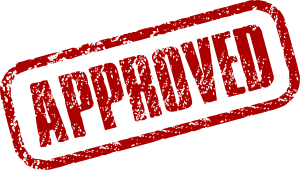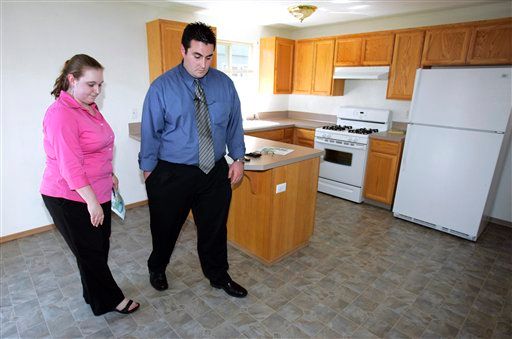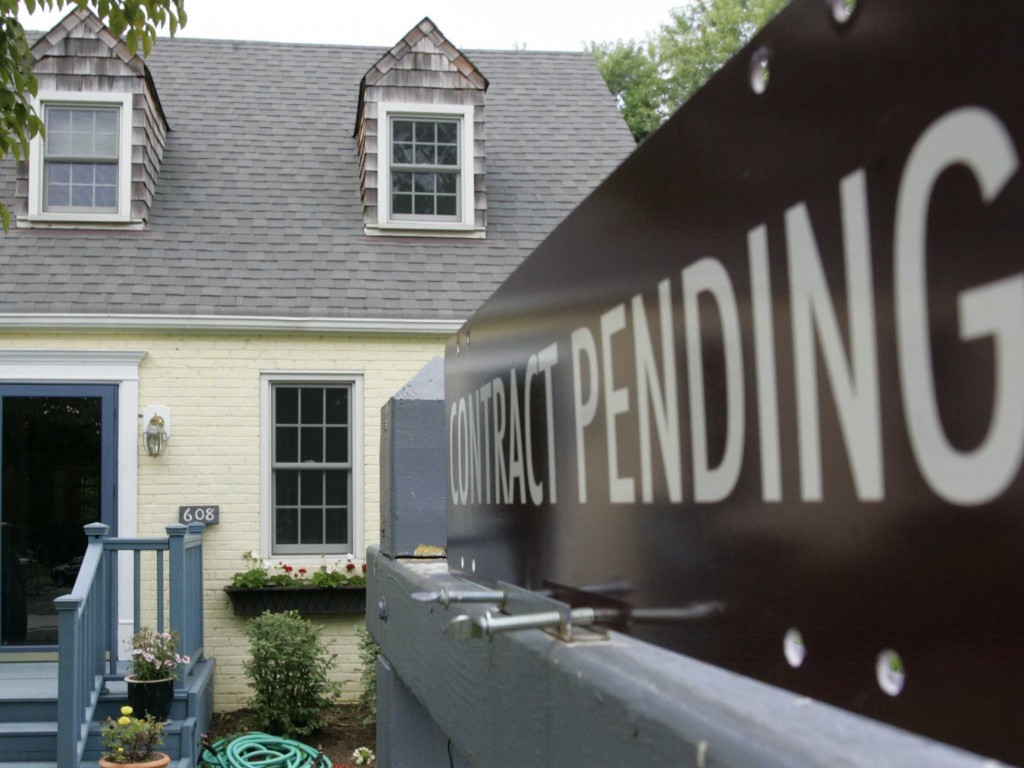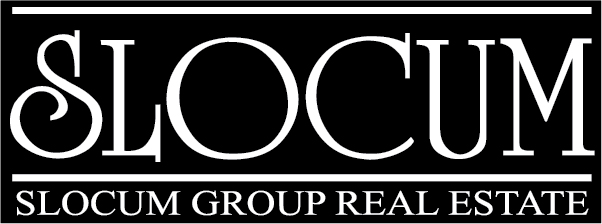When I first moved to Greenville, my highschool and college friends all seemed to have grown up in what I called Lynndale. For years I referred to the area inside Arlington Boulevard, Red Banks Road, Greenville Boulevard, Evans Street, and Firetower Road… Lynndale. (remember this was 18 years ago when there was no entrance off Firetower, no Lynndale East, no Chesapeake, and no Dunhagen!)
Since all my friends who were native to Greenville came from that neighborhood I guess it was only natural for me to end up there as well. But then I realized when I began selling real estate that I really lived in Bedford. And It wasn’t even next to Lynndale, heck it had another neighborhood between it…Grayleigh. Now please don’t get me wrong, I love where I live and I don’t care what the name of my neighborhood is…I simply call it home!
But from a real estate standpoint, there in lies a problem. Where is your house? Lynndale, Grayleigh, Bedford, or Chesapeake? Are buyers educated enough to search online for Grayleigh even though it really only encompasses parts of two major roads and a few very short cut throughs? What about Pinewood Forest? Heck you;ve probably never heard of Pinewood Forest! I used to think the entire area between Evans and Queen Anne’s on Pinewood and Dupont Circle was Grayleigh. I was wrong…almost half of it is Pinewood Forest.
As a buyer years ago I looked every day for homes on the market in Lynndale and Bedford. However the entire time I was missing anything listed in Grayleigh and Pinewood Forest. After years of selling real estate and “farming” these neighborhoods for active buyers and sellers I’ve learned a lot about this area. My work has tought me the build dates, the styles, the old builders, the new builders, the couple who just moved in, the drain culverts, the clay lots, the wet lots, the new lots, the builder owned lots, the old ranches, the new mansions, the $170’s to the $1.7’s, the hard to sell roads, the sell ’em hard roads, the updated homes, the homes in need, the one for sale…that’s the one indeed! You name it, and I’ve probably covered it somewhere along the way….all the way from Lynnndale East, into Lynndale, through Grayleigh, down to Pinewood Forest, back around through Bedford, down to Chesapeake and out Bedford Village. Need directions, just call!






